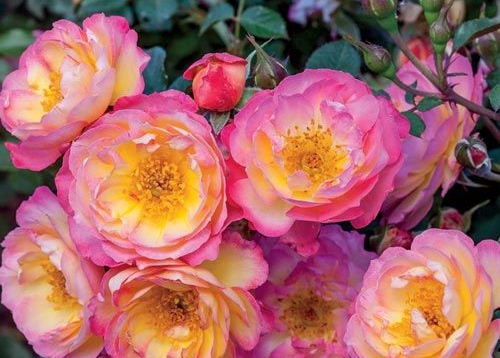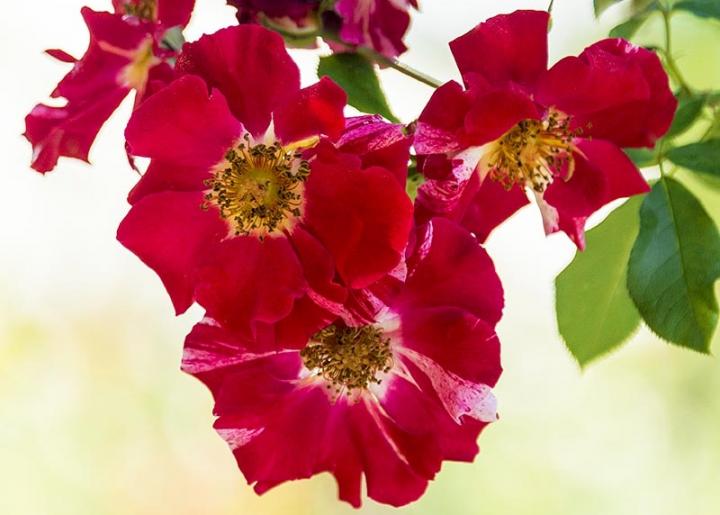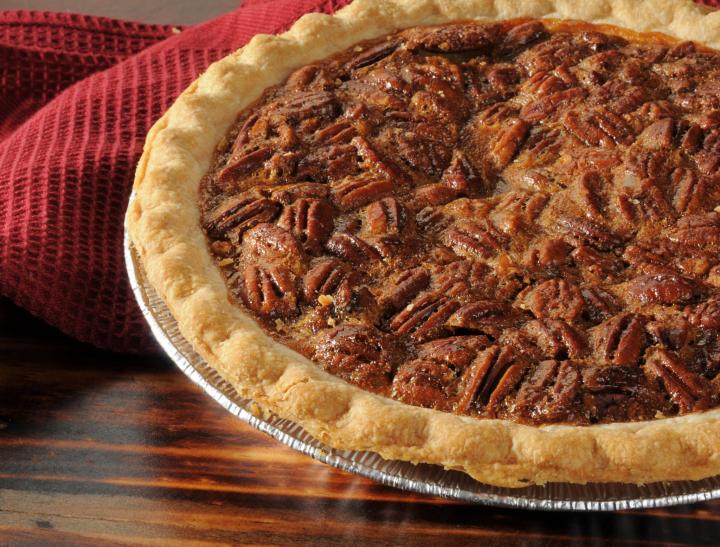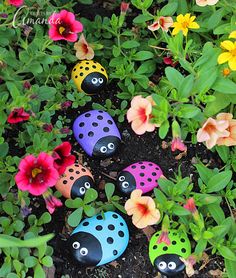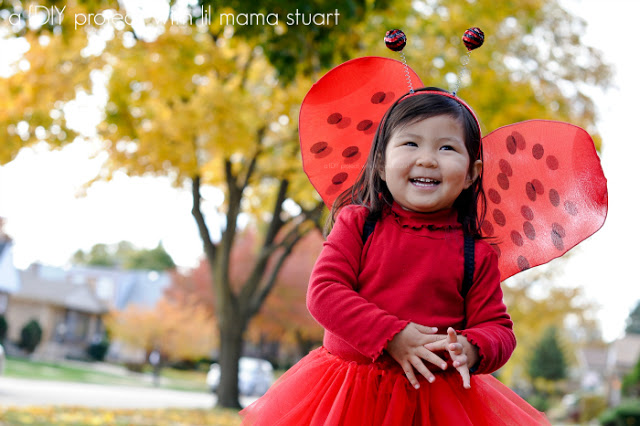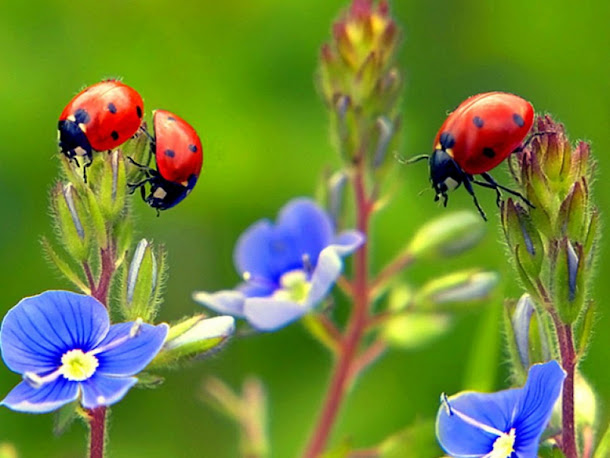Christmas Cactus
Caring for Christmas Cactus
Caring for Christmas Cactus

Christmas Cacti are
easy to grow. When they bloom, they produce colorful tubular flowers in
pink or lilac colors. They bloom a long time indoors and they are
low-maintenance houseplants, which makes them popular. We’ll bet someone
in your family has a Christmas Cactus!
Despite their name, Christmas cacti are not desert cacti. Their natural habit is one of an epiphyte living in tree branches in the rain forest of Brazil! In others, they prefer a humid climate, not a dry one. It’s important to water these cacti! (See more detail below.)
Also, note that there are several types of Holiday Cacti: Easter, Thanksgiving and Christmas. They bloom closest to the holiday of their name. Christmas cacti have flattened leaves with rounded teeth on the margins as opposed to the Thanksgiving cactus that has pointed teeth. Easter cacti have pointed teeth with fibrous hairs in the leaf joints.
To confuse matters further, most of the Christmas cactus sold are actually Thanksgiving cactus. If you find your Christmas cactus blooming near Thanksgiving, guess what?
Despite their name, Christmas cacti are not desert cacti. Their natural habit is one of an epiphyte living in tree branches in the rain forest of Brazil! In others, they prefer a humid climate, not a dry one. It’s important to water these cacti! (See more detail below.)
Also, note that there are several types of Holiday Cacti: Easter, Thanksgiving and Christmas. They bloom closest to the holiday of their name. Christmas cacti have flattened leaves with rounded teeth on the margins as opposed to the Thanksgiving cactus that has pointed teeth. Easter cacti have pointed teeth with fibrous hairs in the leaf joints.
To confuse matters further, most of the Christmas cactus sold are actually Thanksgiving cactus. If you find your Christmas cactus blooming near Thanksgiving, guess what?
Planting
Christmas cacti grow in most container soils. Ensure the soil drains well and your pots have drainage holes.
Plants should be kept in bright, indirect light.
A daytime temperature of 70 degrees F and an evening temperature of 60 to 65 degrees F is preferred.
In the summer, Christmas cacti can be placed in a shady spot in the garden or in an unheated porch until temperatures get below 50 degrees.
Plants should be kept in bright, indirect light.
A daytime temperature of 70 degrees F and an evening temperature of 60 to 65 degrees F is preferred.
In the summer, Christmas cacti can be placed in a shady spot in the garden or in an unheated porch until temperatures get below 50 degrees.
Care
- As soon as the top inch of soil in the container feels dry to the touch, soak the soil until water runs through the pot’s drainage holes; discard water in the tray so the plant doesn’t sit in water. It’s especially important to water well during flowers.
- From spring through early fall, feed every 2 weeks with a complete houseplant fertilizer. During the fall and winter feed the cactus monthly
- Once flowers fade, continue to grow the plant as a houseplant.
- Prune plants in June to encourage branching and more flowers. Simply cut off a few sections of each stem. Of you wish, root the cut-off pieces in moist vermiculite to make more plants.
- If your cactus is not blooming, it may due to amount of daylight or temperature. Flowers will only form when the temperature is between a cool 50 to 55 degrees F.
- Nights need to be at least 14 hours long and daylight periods are between 8 to 10 hours for 6 weeks—for six weeks. If you have strong indoor lighting, you may need to cover your cacti at night.
- If the cacti sheds its buds in a winter, it will bloom the following year.
Pests/Diseases
If
your Christmas Cacti is exposed to any type of stress, the plant will
drop its blossoms. This could be related to amount of light, or a
sudden change in temperature, as discussed in above plant care
section. Also, ensure that your soil doesn’t get too dry.
The plant may be susceptible to mealy bugs and, if over-watered, root rot. If you have problems, cut out infected areas and repot in clean soil.
The plant may be susceptible to mealy bugs and, if over-watered, root rot. If you have problems, cut out infected areas and repot in clean soil.
Recommended Varieties
Thanksgiving cactus or holiday cactus.
Wit & Wisdom
- When the buds of a Christmas cactus look as if they’re about to open, make sure you water the plant regularly and keep it cool.
- Late spring is the best time to propagate cuttings because most cacti emerge from their winter rest and initiate new growth.https://www.almanac.com/plant/christmas-cactus?trk_msg=JIBH2UE57LV454A1RFF978CUG4&trk_contact=EEBLFVJ2I0VAQT9EM5JFVJAK9O&trk_sid=7A11LP23HU35CK4ATASDIG7RE4&utm_source=Listrak&utm_medium=Email&utm_term=Christmas+Cactus+(read+more)&utm_campaign=Companion+Daily
